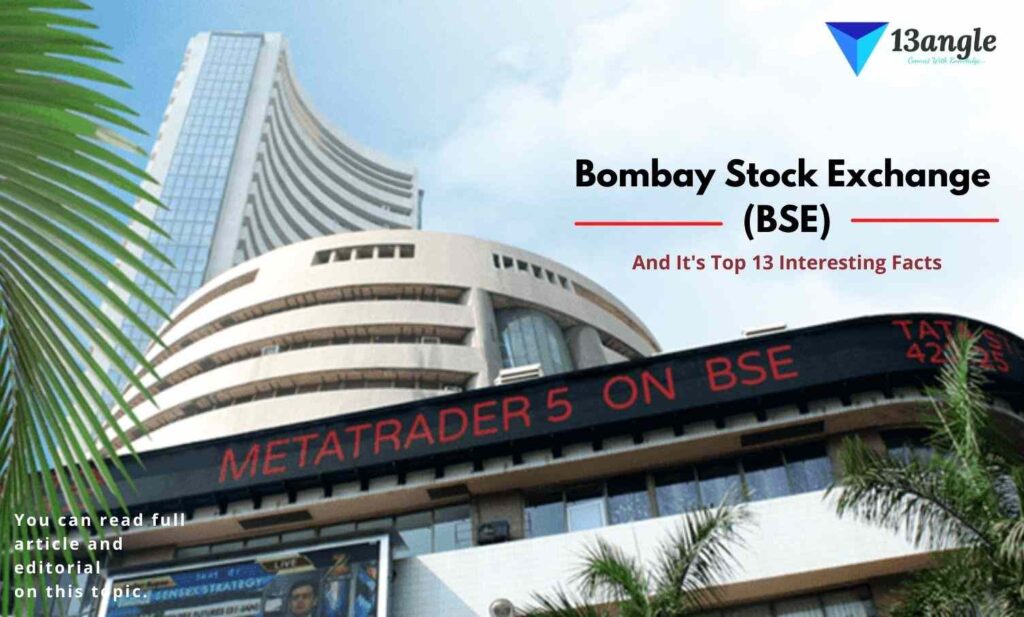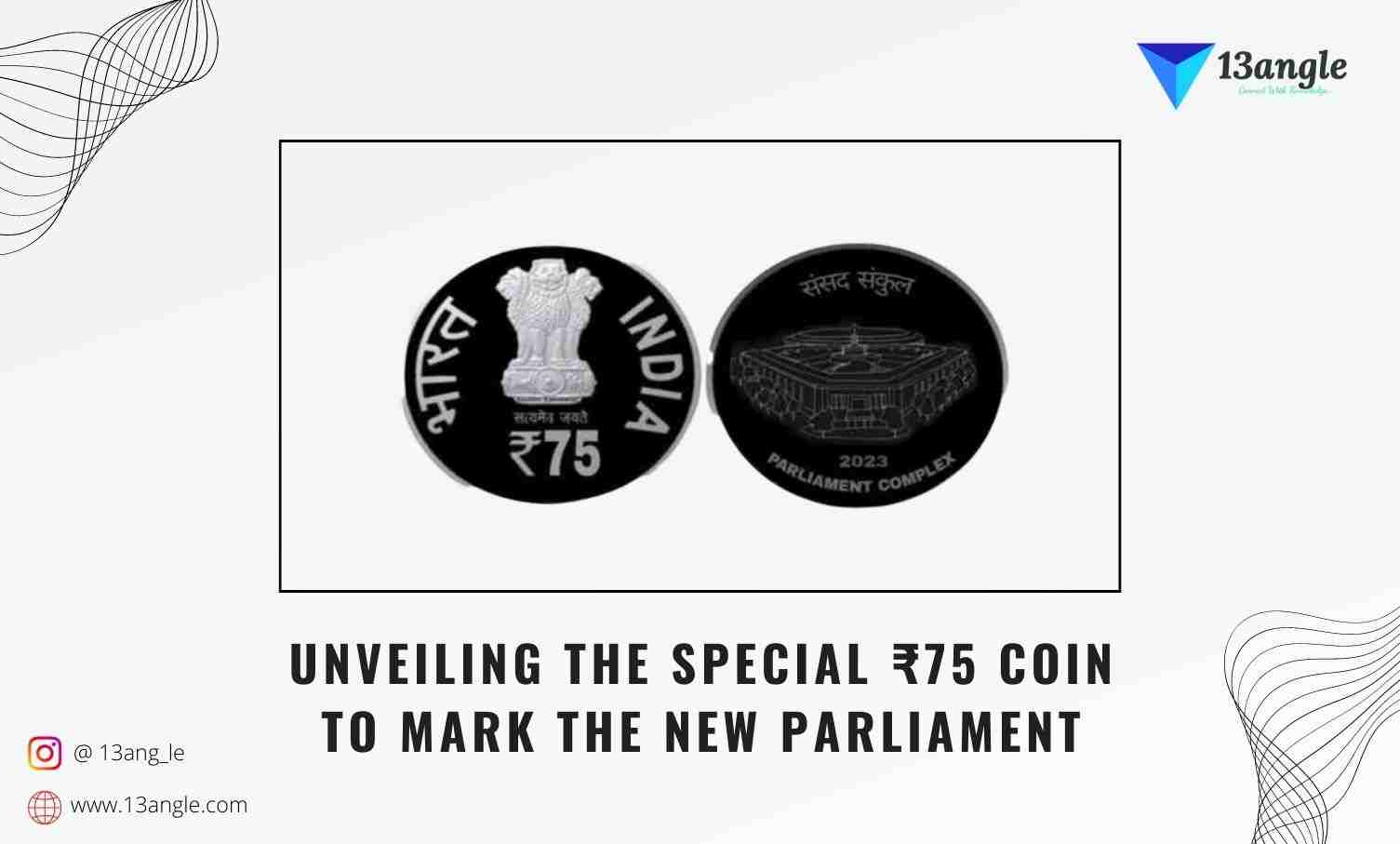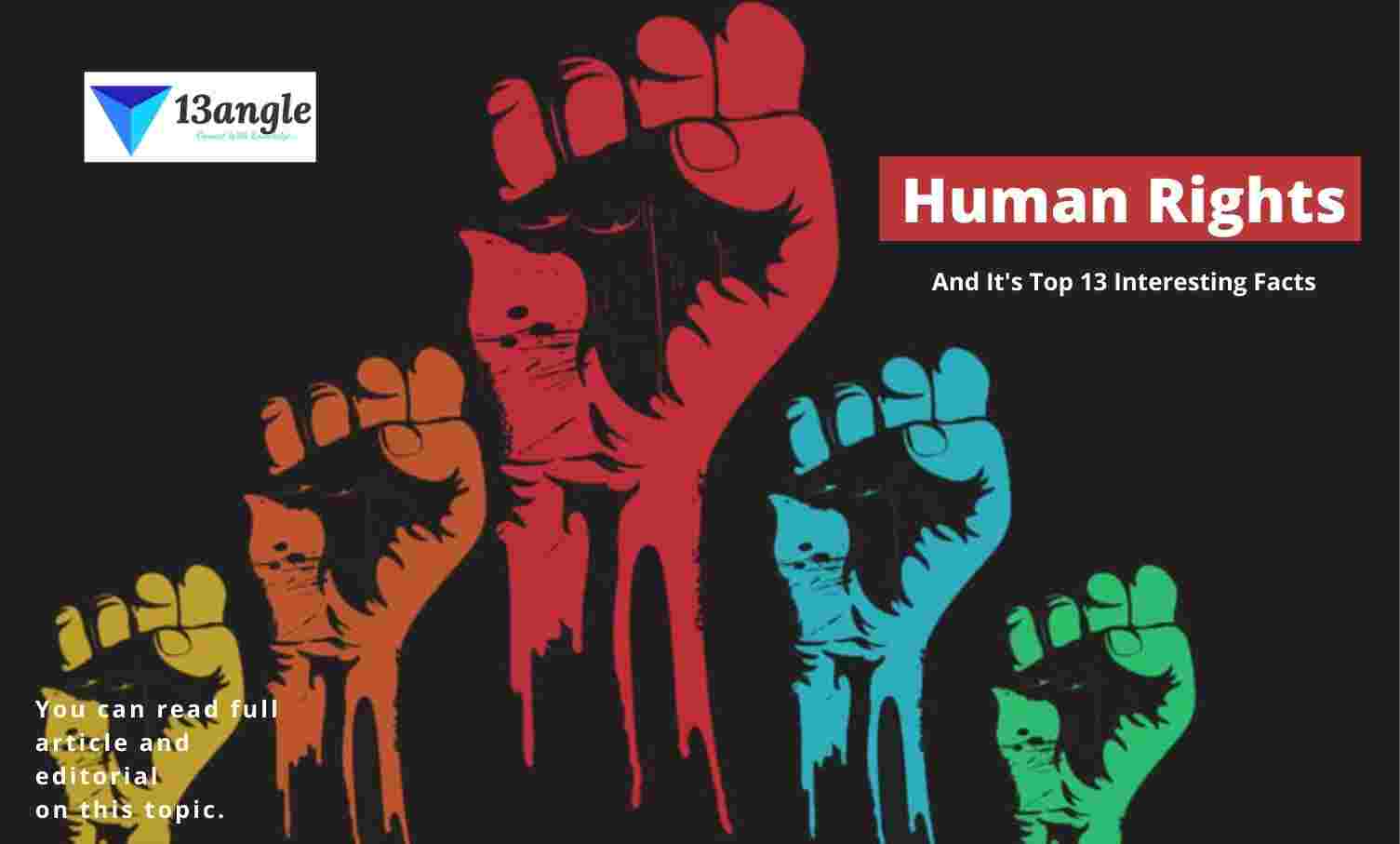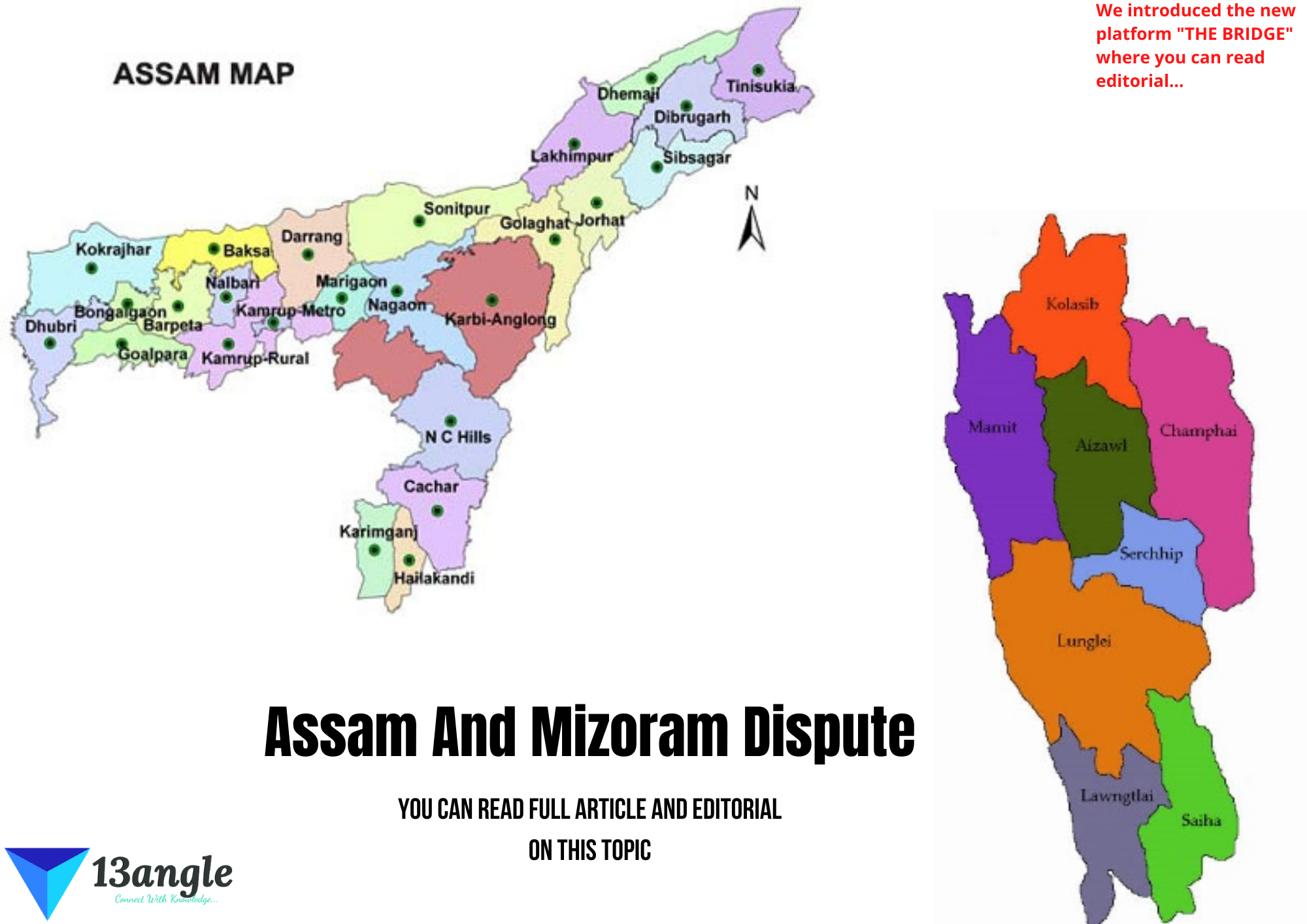
Introduction
- Established in 1875 by cotton merchant Premchand Roychand, a Rajasthani Jain businessman, it is the oldest stock exchange in Asia, and also the tenth oldest in the world. The BSE is the 9th largest stock exchange with an overall market capitalization of more than ₹276.713 lakh crore, as of January 2022. It has a rich heritage which is spanning three centuries in its 133 years of existence. Over the past 133 years, BSE has facilitated the growth of the Indian corporate sector by providing it with efficient access to resources. There is perhaps no major corporate in India that has not sourced BSE’s services in raising resources from the capital market. BSE continues to innovate. In recent times, it has become the first national-level stock exchange to launch its website in Gujarati and Hindi to reach out to a larger number of investors. It has successfully launched a reporting platform for corporate bonds in India christened the ICDM or Indian Corporate Debt Market and a unique ticker-cum-screen aptly named ‘BSE Broadcast’ which enables information dissemination to the common man on the street.
History

In the 1850s, five stockbrokers gathered together under a Banyan tree in front of Mumbai Town Hall, where Horniman Circle is now situated. A decade later, the brokers moved their location to another leafy setting, this time under banyan trees at the junction of Meadows Street and what was then called Esplanade Road, now Mahatma Gandhi Road. With a rapid increase in the number of brokers, they had to shift places repeatedly. At last, in 1874, the brokers found a permanent location, the one that they could call their own. The broker’s group became an official organization known as “The Native Share & Stock Brokers Association” in 1875.
The Bombay Stock Exchange continued to operate out of a building near the Town Hall until 1928. The present site near Horniman Circle was acquired by the exchange in 1928, and a building was constructed and occupied in 1930. The street on which the site is located came to be called Dalal Street (meaning “Broker Street”) due to the location of the exchange.
On 31 August 1957, the BSE became the first stock exchange to be recognized by the Indian Government under the Securities Contracts Regulation Act. Construction of the present building, the Phiroze Jeejeebhoy Towers at Dalal Street, Fort area, began in the late 1970s and was completed and occupied by the BSE in 1980. Initially named the BSE Towers, the name of the building was changed soon after occupation, in memory of Sir Phiroze Jamshedji Jeejeebhoy, chairman of the BSE since 1966, following his death.
Features Of Bombay Stock Exchange
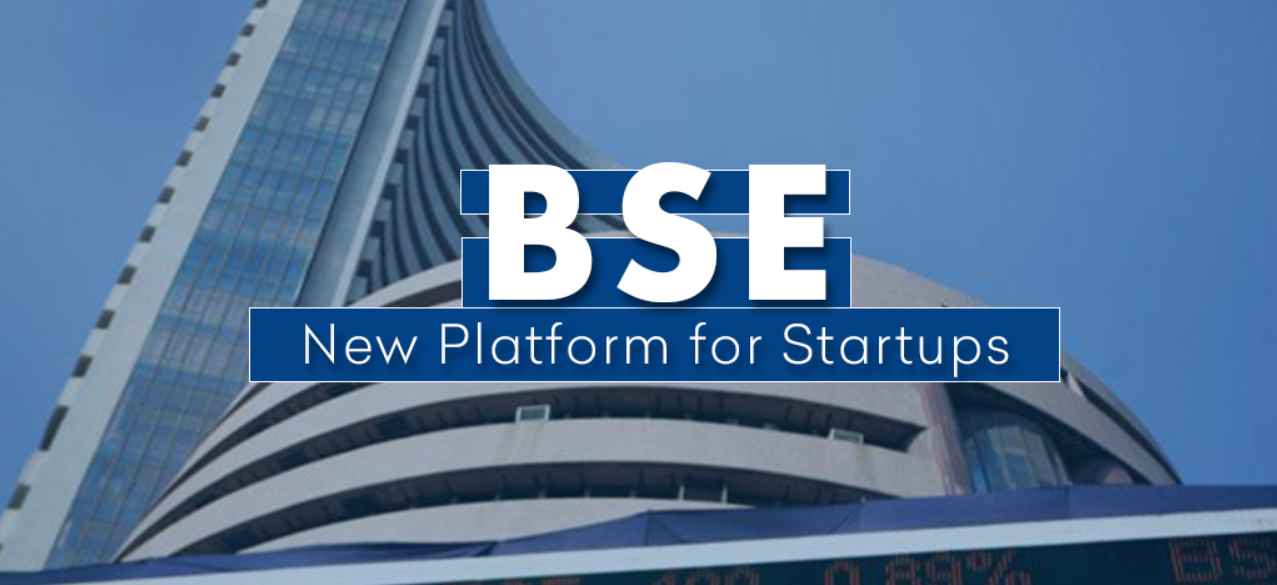
- The following are the features of the Bombay Stock Exchange: It is the largest and the first securities market in India based in Mumbai, India. The securities that are listed at the BSE include stocks, stock options, and index options.
1. Stock Marketing
A stock market is a platform where investors come to trade in financial instruments like shares, bonds, and derivatives. The stock exchange works as a facilitator of this transaction and enables the buying and selling of shares.
Stock markets are among the largest avenues for investments Companies list their shares for the first time on a stock exchange through an IPO. Investors may then trade in these shares through the secondary market.
The two stock exchanges in India have on some occasions witnessed stocks worth INR 6,00,000 crores being traded. The uninitiated in India often consider investing in stocks markets gambling, but a basic understanding of the share market can change that perception.
2. Understanding the Stock Exchange Platform
A stock exchange is precisely a platform that conducts the trading of financial instruments like stocks and derivatives. The activities on this platform are regulated by the Securities and Exchange Board of India. The participants have to register with SEBI and the stock exchange in order to conduct trades. Trading activities include brokering, issuing of shares by companies, etc.
The shares of a company are listed on the secondary market for the first time through an Initial Public Offer or IPO. The allotment of stocks takes place before listing and investors who bid for the stocks get their share depending on the number of investors.
3. Passing of your order
- Once the company has been listed, stocks can be traded in the secondary market by the investors. This is the marketplace for the buyers and sellers to transact and make profits or in some cases, losses.
4. Stock Brokers
Because of the magnitude of investors who number in the thousands, it is difficult to have them assemble at one location. Therefore, to conduct trade, stockbrokers and brokerage firms come into the picture.
These are entities that are registered with the Stock Exchange and serve as intermediaries between the investors and the exchange itself. When you place an order to buy any share at a given rate, the broker processes it at the exchange where there are multiple parties involved.
Your buy order is passed on to the exchange by the broker, where it is matched for a sell order for the same. The exchange takes place when the seller and the buyer agree upon a price and finalize it; the order is then confirmed.
5. Settlement
Once you finalize a price, the exchange confirms the details to ensure that there is no default in the transaction. The exchange then facilitates the transfer of ownership of the shares which is known as Settlement. You receive a message once this takes place. The communication of this message involves multiple parties like the brokerage order department, the exchange floor traders, etc.
The settlement time earlier took weeks to materialize which now happens in T+2 days. This means that if you trade today, the shares are reflected in your Demat account in two working days’ time. Investing in the share market is subject to market risks. It is recommended you seek expert guidance before investing. Visit Clear Tax to browse through our handpicked mutual funds and pick one based on your suitability.
6. Types of Share market
- There are two kinds of share markets namely primary and secondary markets.
7. Primary Share Market
- It is in the primary market that companies register themselves to issue their shares and raise money. This process is also known as listing on the stock exchange. The purpose of entering into the primary market is to raise money and if the company is selling its shares for the very first time it is referred to as Initial Public Offering (IPO). Through this process, the company becomes a public entity.
8. Secondary Share Market
- The shares of the company are traded in the secondary market once the new securities are sold in the primary market. This way investors can exit by selling their shares.These transactions that take place in the secondary market are called trades. It involves the activity of investors buying from each other and selling amongst themselves at an agreed-upon price. A broker is an intermediary that facilitates these transactions.
BSE Sensex

The BSE SENSEX (also known as the S&P Bombay Stock Exchange Sensitive Index or simply SENSEX) is a free-float market-weighted stock market index of 30 well-established and financially sound companies listed on the Bombay Stock Exchange. The 30 constituent companies which are some of the largest and most actively traded stocks are representative of various industrial sectors of the Indian economy. Published on 1 January 1986, the S&P BSE SENSEX is regarded as the pulse of the domestic stock markets in India. The base value of the SENSEX was taken as 100 on 1 April 1979 and its base year as 1978–79.
S&P BSE SENSEX®️ is calculated using the “Free-float Market Capitalization” methodology. As per this methodology, the level of index at any point of time reflects the Free-float market value of 30 component stocks relative to a base period.
Objectives Of S&P BSE Sensex
The S&P BSE SENSEX is the benchmark index with wide acceptance among individual investors, institutional investors, foreign investors, and fund managers. The objectives of the index are:
To measure Market Movements.
Given its long history and its wide acceptance, no other index matches the S&P BSE SENSEX®️ in reflecting market movements and sentiments. S&P BSE SENSEX®️ is widely used to describe the mood in the Indian Stock markets.
Benchmark for Funds Performance.
The inclusion of Blue chip companies and the wide and balanced industry representation in the S&P BSE SENSEX®️ makes it the ideal benchmark for fund managers to compare the performance of their funds.
For Index-Based Derivatives Products.
Institutional investors, money managers, and small investors all refer to the S&P BSE SENSEX®️ for their specific purposes The S&P BSE SENSEX®️ is in effect the proxy for the Indian stock markets. Since S&P BSE SENSEX®️ comprises leading companies in all the significant sectors in the economy, we believe that it will be the most liquid contract in the Indian market and will garner a predominant market share.
The lists of major companies that have been included in the BSE SENSEX are listed below;
| BSE Scrip Code | Company Full Name | Rating |
| 500209 | INFOSYS LTD. | 4.5 |
| 532540 | TATA CONSULTANCY SERVICE LTD. | 5 |
| 500325 | RELIANCE INDUSTRIES LTD. | 3 |
| 532174 | ICICI BANK LTD. | 4 |
| 500180 | HDFC BANK LTD. | 4.5 |
| 532281 | HCL TECHNOLOGIES LTD. | 5 |
| 500112 | STATE BANK OF INDIA | 1 |
| 532215 | AXIS BANK LTD. | 4 |
| 500470 | TATA STEEL | 0.5 |
Formula To Calculate Sensex
FREE FLOT MARKET CAPITAL
—————————————— * 100
BASE MARKET CAPITAL
BSE Sensex 20 Years Chart
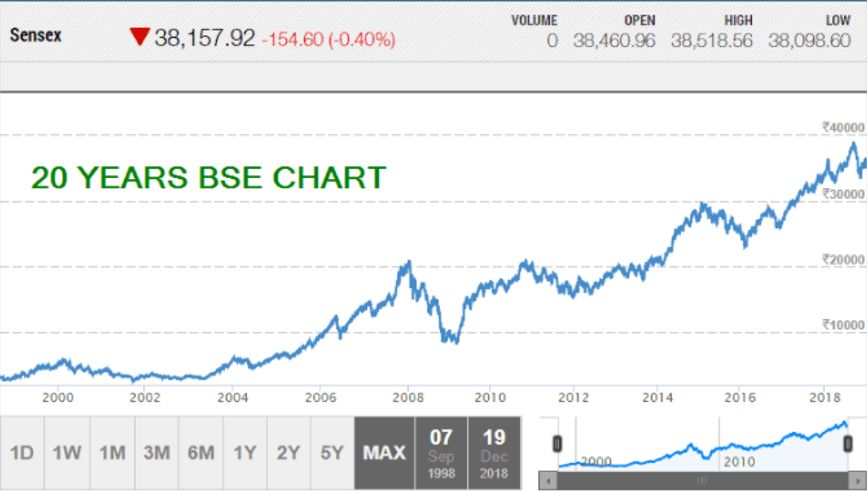
Market Capitalization
- Market capitalization, commonly called a market cap, is the market value of a publicly-traded company’s outstanding shares. Market capitalization is equal to the share price multiplied by the number of shares outstanding. Since outstanding stock is bought and sold in public markets, capitalization could be used as an indicator of public opinion of a company’s net worth and is a determining factor in some forms of stock valuation.
| Security Name | Close | Market Cap |
| RELIANCE INDUSTRIES LTD. | 2478.10 | 1676291.69 |
| TATA CONSULTANCY SERVICE Ltd. | 3834.85 | 1418530.72 |
| HDFC BANK Ltd. | 1520.70 | 842876.13 |
| INFOSYS LTD. | 1786.05 | 751144.40 |
| ICICI BANK LTD. | 804.60 | 558699.39 |
| STATE BANK IN INDIA | 502.80 | 448729.47 |
| WIPRO LTD. | 605.20 | 331729.03 |
Working Of BSE And How BSE Makes Money?
The Securities traded on BSE have been classified into various groups.
BSE has, for the guidance and benefit of the investors, classified the Securities in the Equity Segment into ‘A’, ‘B’, ‘T’ and ‘Z’ groups on certain qualitative and quantitative parameters.
The “F” Group represents the Fixed Income Securities.
The “T” Group represents Securities that are settled on a trade-to-trade basis as a surveillance measure.
Trading in Government Securities by the retail investors is done under the “G” group.
The ‘Z’ group was introduced by BSE in July 1999 and includes companies that have failed to comply with its listing requirements and/or have failed to resolve investor complaints and/or have not made the required arrangements with both the depositories, viz., Central Depository Services (I) Ltd. (CDSL) and National Securities Depository Ltd. (NSDL) for dematerialization of their securities.
BSE also provides a facility to the market participants for online trading of odd-lot securities in physical form in ‘A’, ‘B’, ‘T’ and ‘Z’ groups and in rights renunciations in all groups of Securities in the Equity Segment.
With effect from December 31, 2001, trading in all securities listed in the Equity segment takes place in one market segment, viz., Compulsory Rolling Settlement Segment (CRS).
The Securities of companies which are in Demat can be traded in market lot of 1. However, the securities of companies that are still in the physical form are traded in the market lot of generally either 50 or 100. Investors having quantities of securities less than the market lot are required to sell them as “Odd Lots”. This facility offers an exit route to investors to dispose of their odd lots of securities, and also provides them with an opportunity to consolidate their securities into market lots.
This facility of selling physical shares in compulsory Demat Securities is called an Exit Route Scheme. This facility can also be used by small investors for selling up to 500 shares in physical form in respect of Securities of companies where trades are required to be compulsorily settled by all investors in Demat mode.
BSE also has a wide range of services to empower investors and facilitate smooth transactions:
Investor Services: The Department of Investor Services redresses the grievances of investors. BSE was the first exchange in the country to provide an amount of Rs.1 million towards the investor protection fund; it is an amount higher than that of any exchange in the country. BSE launched a nationwide investor awareness programme- ‘Safe Investing in the Stock Market’ under which 264 programmes were held in more than 200 cities.
The BSE On-line Trading (BOLT): BSE On-line Trading (BOLT) facilitates online screen-based trading in securities. BOLT is currently operating in 25,000 Trader Workstations located across over 359 cities in India.
BSEWEBX.com: In February 2001, BSE introduced the world’s first centralized exchange-based Internet trading system, BSEWEBX.com. This initiative enables investors anywhere in the world to trade on the BSE platform.
Surveillance: BSE’s On-Line Surveillance System (BOSS) monitors on a real-time basis the price movements, volume positions and members’ positions and real-time measurement of default risk, market reconstruction and generation of cross-market alerts.
BSE Training Institute: BTI imparts capital market training and certification, in collaboration with reputed management institutes and universities. It offers over 40 courses on various aspects of the capital market and financial sector. More than 20,000 people have attended the BTI programmes.
The sources of revenue for the BSE remain the same as other stock exchanges but the contribution from various segments differs substantially from its peers. More than a fifth of BSE’s income comes from listing fees which account for less than 10 per cent in income for the NSE, HKEX and SGX.
Financial transactions in BSE are done online through an electronic trading system. Market orders can be directly placed in BSE online, without the requirement of external specialists through direct market access. BOLT-Bombay Online trading platform is used by this stock exchange for efficient trading.
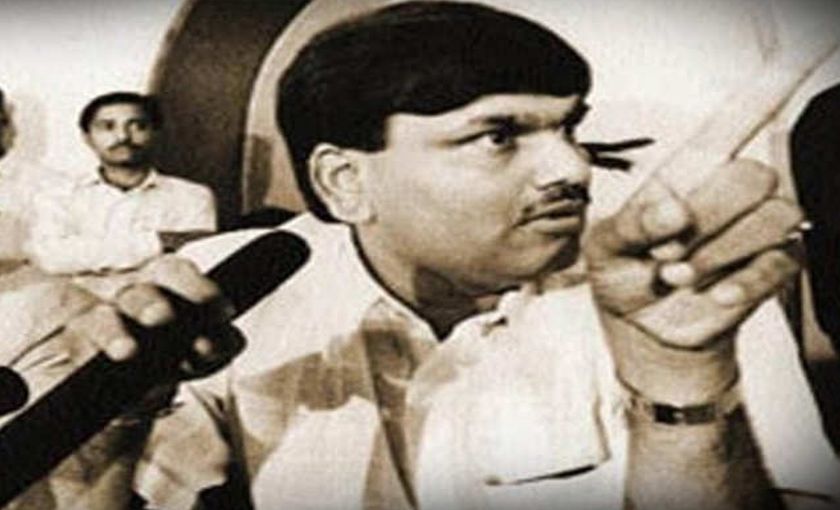
Harshad Shantilal Mehta was an Indian stockbroker, Mehta’s involvement in the 1992 Indian securities scam made him infamous as a market manipulator.
Of the 27 criminal charges brought against Mehta, he was only convicted of four, before his death at age 47 in 2001. It was alleged that Mehta engaged in a massive stock manipulation scheme financed by worthless bank receipts, which his firm brokered for “ready forward” transactions between banks. Mehta was convicted by the Bombay High Court and the Supreme Court of India for his part in a financial scandal valued at Rs100 billion which took place on the Bombay Stock Exchange(BSE). The scandal exposed the loopholes in the Indian banking system and the Bombay Stock Exchange (BSE) transaction system, and consequently the SEBI introduced new rules to cover those loopholes. He was on trial for 9 years, until he died at the end of 2001.
1. Report:
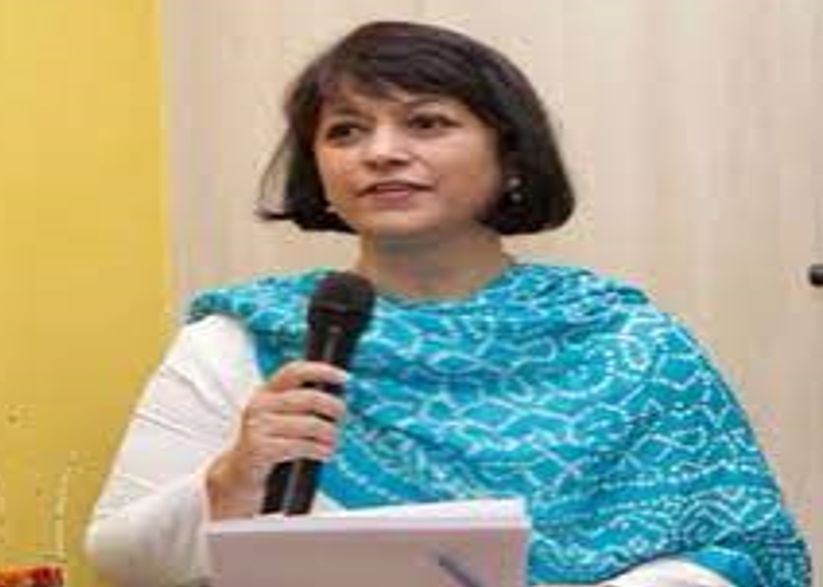
On 23 April 1992, journalist Sucheta Dalal exposed illegal methods in a column in The Times of India. Mehta was dipping illegally into the banking system to finance his buying.
A typical ready-forward deal involved two banks brought together by a broker in lieu of a commission. The broker handles neither the cash nor the securities, though that was not the case in the lead-up to the fraud. In this settlement process, deliveries of securities and payments were made through the broker. That is, the seller handed over the securities to the broker, who passed them to the buyer, while the buyer gave the cheque to the broker, who then made the payment to the seller. In this settlement process, the buyer and the seller might not even know whom they had traded with, either being known only to the broker. This the brokers could manage primarily because by now they had become market makers and had started trading on their account. To keep up a semblance of legality, they pretended to be undertaking the transactions on behalf of a bank.
Mehta used forged BRs to gain unsecured loans and used several small banks to issue BRs on demand. Once these fake BRs were issued, they were passed on to other banks, and the banks in turn gave money to Mehta, assuming that they were lending against government securities when this was not really the case. This money was used to drive up the prices of stocks in the stock market. When the time came to return the money, the shares were sold for a profit and the BR was retired. The money due to the bank was returned.
This went on as long as the stock prices kept going up, and no one had a clue about Mehta’s operations. Once the fraud was exposed, though, a lot of banks were left holding BRs which did not have any value – the banking system had been swindled out of a whopping ₹40 billion (equivalent to ₹260 billion or US$3.5 billion in 2020). They knew that they would be accused if people came to know about his involvement in issuing cheques to Mehta. Subsequently, it transpired that Citibank, brokers like Pallav Sheth and Ajay Kayan, industrialists like Aditya Birla, Hemendra Kothari, a number of politicians, and the RBI Governor S.Venkitaramanan all had played a role in allowing or facilitating Mehta’s market rigging.
Awards
The World Council of Corporate Governance has awarded the Golden Peacock Global CSR Award for BSE’s initiatives in Corporate Social Responsibility (CSR).
The Annual Reports and Accounts of BSE for the year ended March 31, 2006, and March 31 2007 have been awarded the ICAI awards for excellence in financial reporting.
The Human Resource Management at BSE has won the Asia – Pacific HRM awards for its efforts in employer branding through talent management at work, health management at work and excellence in HR through technology.
Conclusion
- As a part of Exchange’s role towards ensuring market integrity, BSE is continuously looking for further strengthening of the market regulation framework particularly in respect of securities of companies that are only listed/traded at BSE, considering their specific characteristics such as a large number of companies, low to moderate market capitalization, lower contribution to overall trading turnover and relatively higher attention required to be devoted to these securities by the Exchange, from a regulatory due diligence and monitoring standpoint. Drawing from its rich past and its equally robust performance in recent times, BSE will continue to remain an icon in the Indian capital market.
Top 13 Interesting Facts About BSE
-
BSE is Asia’s first and the Fastest Stock Exchange in the world with a speed of 6 microseconds and one of India’s leading exchange groups.
-
The Bombay Stock Exchange has the largest number of listed companies in the world of more than 5000.
-
The first stock to be traded was that of the Dutch East India Company.
-
The idea of the stock exchange was born during British rule when the British formed the British East India Company and did business with India.
-
5. In 2013, BSE upgraded its technology platform to Bolt Plus, which is based on the business architecture of the global giant Deutsche Borse.
-
The Mumbai-based video game Mumbai Gullies is expected to feature the Bombay Stock Exchange on the fictional map.
-
BSE launches commodity derivatives contracts in gold, silver.
-
The (Sensex) index is revised semi-annually in June and December.
-
On 25 July 2001 BSE launched DOLLEX-30, a dollar-linked version of the SENSEX.
-
BSE has also launched BSE Sammaan, the CSR exchange is a 1st of its kind initiative which aims to connect corporate with verified NGOs.
-
BSE launched the Directors Database and ICERS (Indian Corporate Electronic Reporting System) to facilitate information flow and increase transparency in the Indian capital market.
-
Trading on the BOLT System is conducted from Monday to Friday between 9:15 a.m. and 3:30 p.m. normally.
-
It is first in India to launch a Free Float Index.
